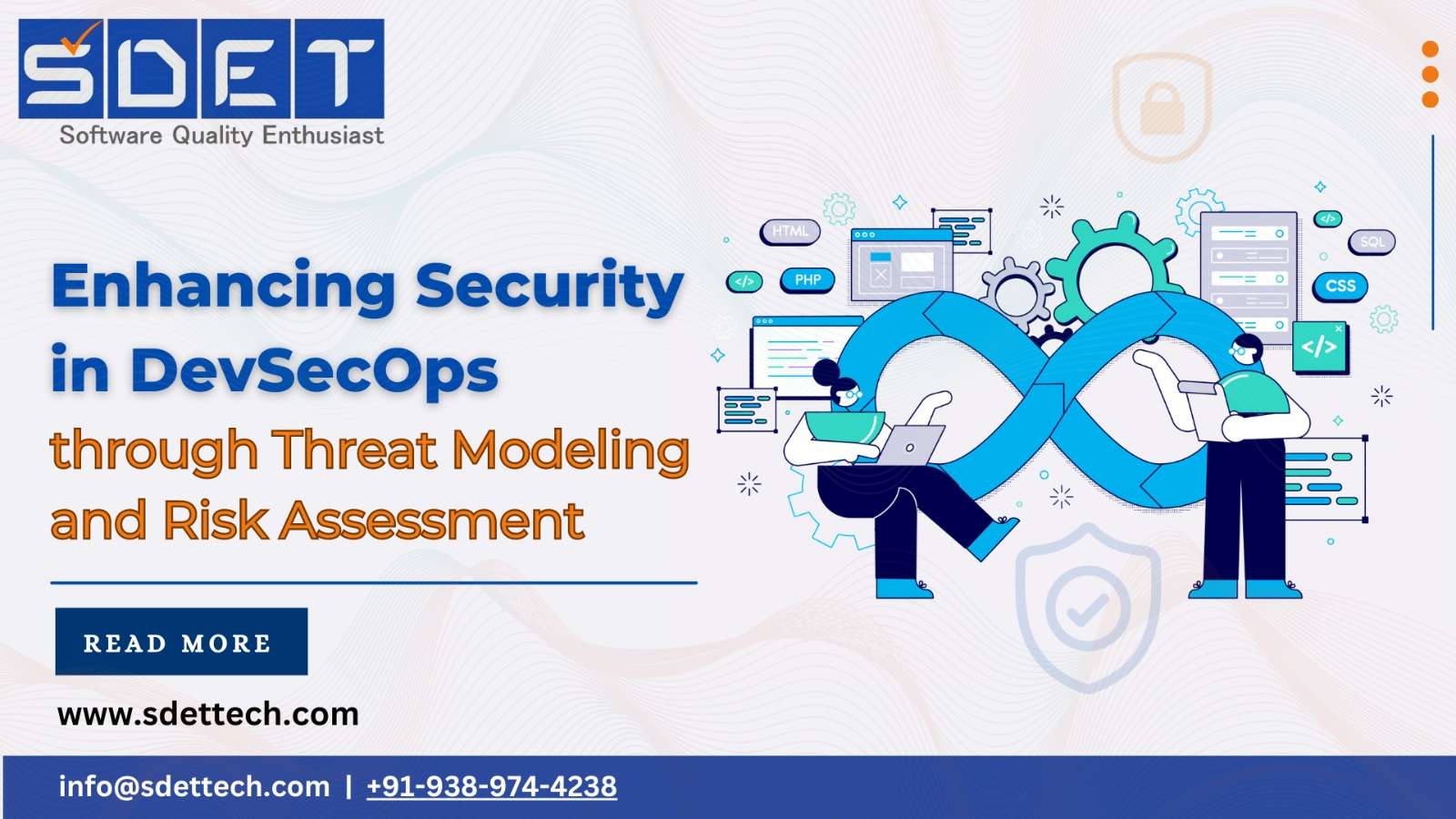
Enhancing Security in DevSecOps through Threat Modeling and Risk Assessment
Introduction :
As we are driving through the digital age; security has become a matter of paramount importance. Traditional software development practices often treat security as an afterthought; resulting in vulnerabilities and breaches. However; DevSecOps has emerged as a game-changer, integrating security into every phase of the development process. Threat modeling and risk assessment are two critical practices within DevSecOps that help organizations identify and mitigate potential security risks. Here, we will explore the concept of threat modeling, discuss the methodology and approach for implementing it in DevSecOps, and highlight the importance of conducting risk assessments.
– Understanding Threat Modeling in DevSecOps
Threat modeling is a proactive technique used to identify potential security threats and vulnerabilities in an application or system. It enables development teams to assess the software security posture and make informed decisions to address potential risks. By understanding the potential threats early in the development lifecycle; organizations can implement appropriate security controls and reduce the overall attack surface.
– Methodology and Approach
To effectively implement threat modeling in DevSecOps; organizations should follow a structured methodology and approach. This involves a series of steps, including :
- Scope Definition : Clearly define the boundaries of the system or application under consideration. It helps in focusing the threat modeling exercise on the relevant components and interactions.
- Asset Identification : Identify the critical assets like sensitive data or key functionalities that need to be protected. This step helps prioritize efforts and allocate appropriate security measures.
- Threat Identification : Identify potential threats that could exploit vulnerabilities in the system. This can be done through brainstorming sessions, leveraging security knowledge bases, or using threat modeling tools.
- Vulnerability Analysis : Analyze the vulnerabilities and weaknesses in the system that could be exploited by the identified threats. This step involves evaluating the system architecture, design and implementation for security flaws.
- Risk Assessment : Assess the likelihood and impact of each identified threat. It helps in prioritizing mitigation efforts based on the potential risks associated with each threat.
– Identifying Potential Threats
During the threat identification phase; it is crucial to consider a wide range of potential threats including both technical and non-technical forms that the system may face. Technical threats may involve attacks such as injection attacks, cross-site scripting or insecure configurations. Non-technical threats can encompass social engineering, insider threats or physical breaches. By comprehensively identifying these threats; organizations can develop robust Security and Penetration testing measures to counter them effectively.
– Conducting Risk Assessment
Once potential threats are identified, it is essential to conduct a risk assessment to prioritize mitigation efforts. Risk assessment involves evaluating the likelihood and impact of each threat. The likelihood is determined by considering factors such as the existence of security controls, complexity of the attack vector and threat actor capabilities. The impact is assessed based on the potential damage that could occur if the threat is successfully exploited. By combining these factors; organizations can prioritize their security efforts and allocate resources accordingly.
Conclusion :
Incorporating threat modeling and risk assessment into the DevSecOps workflow is crucial for enhancing the security of software systems. By proactively identifying and addressing potential threats and vulnerabilities; organizations can significantly reduce the risk of security breaches. A structured approach to threat modeling; combined with comprehensive threat identification and risk assessment; helps development teams make informed decisions and prioritize security measures effectively. As the software development landscape continues to evolve; integrating threat modeling and risk assessment into DevSecOps services will remain a vital practice to ensure the security and integrity of software applications.
